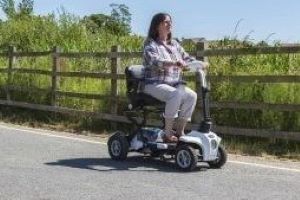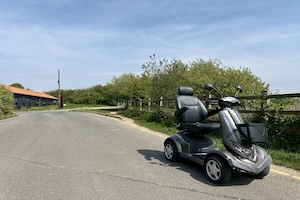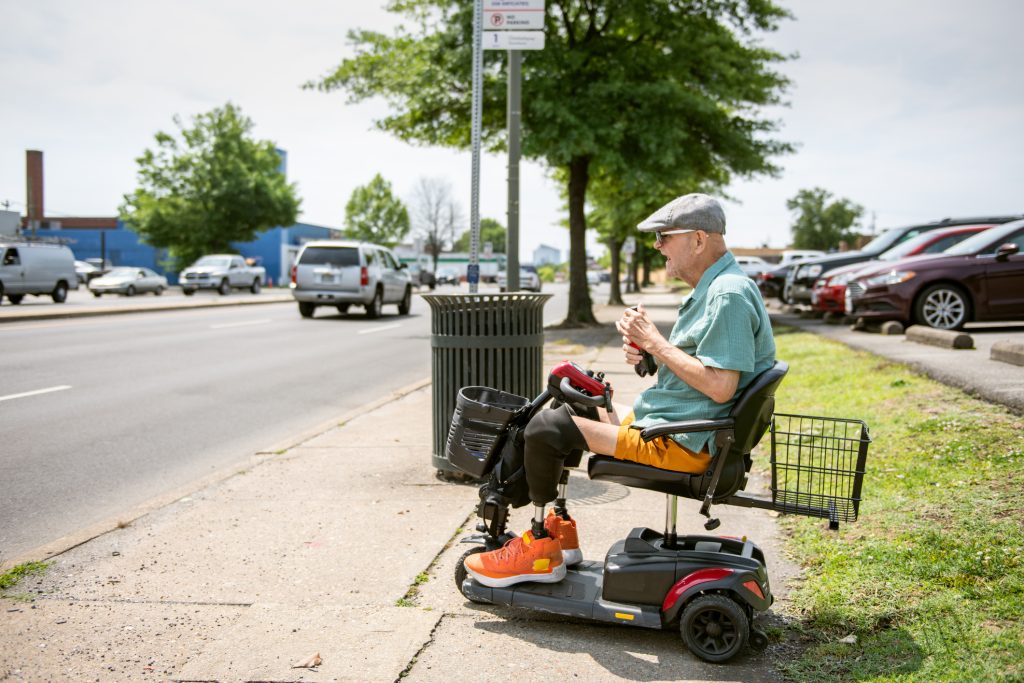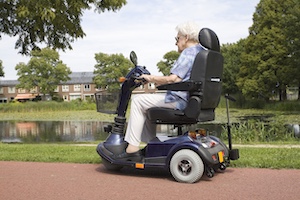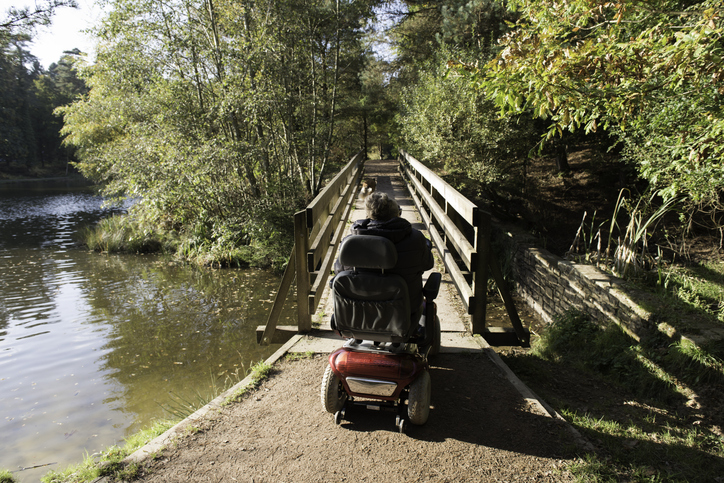Making sure you get value for money while improving your mobility has never mattered more than it does in. Rising bills and the increased cost of living mean that many of us are having to pay more. We’ve created a quick guide with some useful tips that you can try to reduce the cost of charging a mobility scooter.
Key Takeaways
- Charging your scooter in the evening or at night may be cheaper
- Regular servicing helps maintain optimal battery performance
- Many scooter batteries work best when the charge is kept at 80%
What Sets The Cost Of Charging A Mobility Scooter?
The size of the battery, how flat it is, and the condition of the battery all have the potential to impact the cost of charging your scooter. In some cases the time of day can also affect the cost of charging, as some energy providers offer off-peak charging tariffs. Each provider is different, please check with your provider for more information.
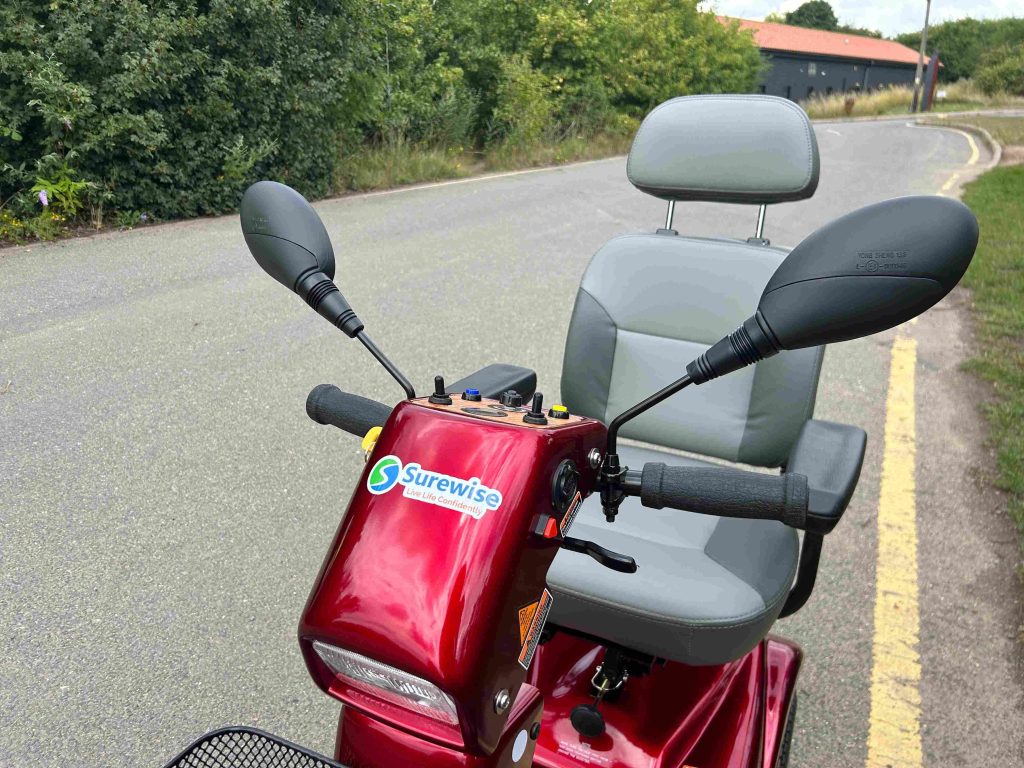
Evening Charging Can Be Cheaper
Some providers will allow you to pay less in the evening and overnight for each unit of electricity than during the working day, as there is generally less demand. Lower off-peak tariffs have been brought in to encourage more evenly distributed consumption throughout each 24-hour period. Confirming the times and days when your tariff is off-peak with your supplier is important, as it can vary.
Replacing Worn Batteries Saves Money
Replacing your battery when it has reached the end of its life is important and a new battery will always be more cost-effective to charge when used regularly. Batteries gradually age and degrade, just like any other component, and, as a result, they take longer to charge and can hold less energy.
Regular Servicing Improves Efficiency
Servicing doesn’t just check the health of the battery; it also ensures that the motor and other key components are functioning as intended. This means that you will make more efficient use of every unit of electricity stored in the battery. With greater efficiency comes reduced power consumption, and that means you will not have to charge quite so frequently.
Avoid The Issue Of Overcharging
If you fill a water bottle or flask right up to the top, you are giving yourself the benefit of more water to take with you. However, the same is not true in the case of batteries, as they can be damaged by overcharging.
Once your scooter has finished charging, it should be unplugged from the power outlet to protect the long-term health of the battery. This will also stop the scooter from gradually draining its battery and you from having to pay to continually top it up with wasted electricity.
Use Your Scooter Regularly
You may think that using your scooter as little as possible will help keep costs down, but that’s not always the case. Because it is battery-powered, your scooter will gradually lose charge, and the battery will begin to degrade in terms of how much total energy it can store. Using your scooter at least once a week, even if it is only for a few minutes, will help you to avoid this potentially costly problem.
When using your scooter for your regular journeys, keep an eye on the battery level to get used to how much battery each journey uses up. This will ensure you are prepared and you don’t get caught out with no battery to get you home.
Stop Charging At 80%
This trick applies to all types of battery-powered devices, from mobility scooters to the phone in your pocket. While a 100% charge may sound optimal, it can reduce the lifetime of the battery and reduce the total amount of energy it can hold. Many manufacturers and suppliers will recommend looking to hold the charge at 80% for optimal longevity. This will keep your battery in better condition, so that it is quicker and less expensive to charge.
It is always best to check with your particular manufacturer of your mobility scooter, as they can vary. Of course, if you know you will be needing a full charge for your journey, you should charge to 100% to avoid getting caught out without enough charge to complete your journey.


